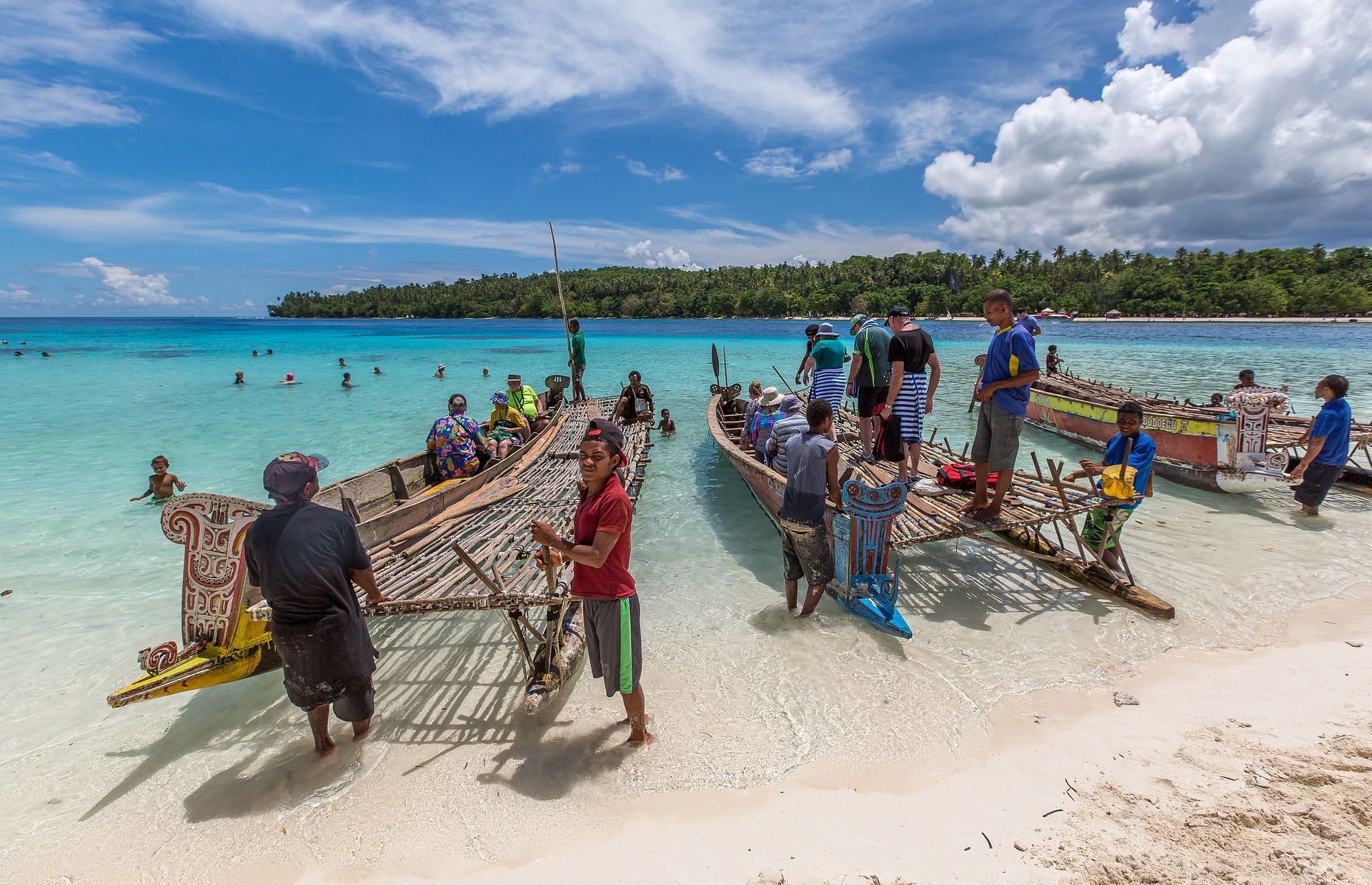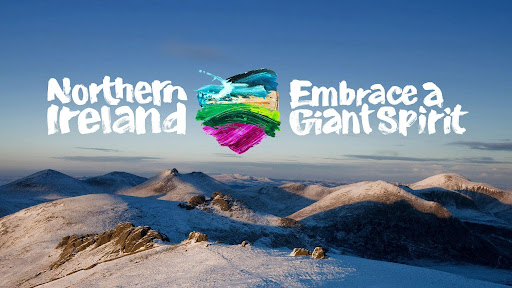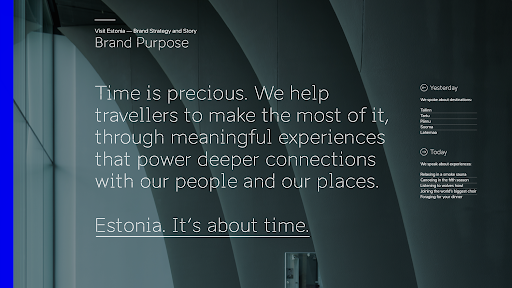
Destination Branding: Top Tips to Attract Travelers
Destination branding – more than just a logo
What exactly is destination branding?
To start things off, it is important to first understand what a brand is: what is the purpose of destination branding, and how it is different from destination marketing? A brand is more than just a logo, a color scheme, and a slogan.
Your destination brand is a reflection of your culture and its people, history and heritage, traditional and modern ways of living, built and natural environments. It wrapped by the totality of perceptions, feelings, and thoughts that your guests have about your destination. It is the foundation of your marketing strategy and your most important marketing tool.
Destination branding, commonly referred to as place branding, is the process of identifying, crafting, and nurturing the unique identity of a destination. It is building a story around the key elements, values, and the destination proposition, orchestrating consistent messaging that highlights just that and, ultimately, forming a reputation in the eyes of its visitors. In other words, destination branding is all about who you are. It is the focal part of destination marketing that, in turn, defines how you communicate and deliver your message to the right audiences.
Top examples of destination branding

Tourism Northern Ireland – Winner of The 2020 Travel Marketing Awards, Category Destination Brand of the Decade, image courtesy of Monotype.

‘Northern Ireland – Embrace a Giant Spirit’ brand focusing on experiences, heritage and belonging, courtesy of Monotype and Genesis.

Courtesy of Lantern. Estonia’s Repositioning and re-branding strategy focuses on telling a story about a lost paradise and experience-first destinations that allow travelers to make the most of their time.
Why is destination branding important?
Prior to the COVID-19 global pandemic, travel and tourism was one of the largest and fastest-growing economic sectors in the world (UNWTO). While the global economy and the travel sector aim to recover safely, eager travelers are anxiously waiting for their time to travel again. Though it may still be unclear what exactly tourism will look like after COVID-19 recovery, and when that may take place, industry experts say the tourism sector will be among the last to recover.
Not only are thousands of destinations planning and preparing for reopening, but undiscovered destinations are also establishing themselves every year joining the competition for the valuable tourist dollars. In such a saturated marketplace, carefully crafting a brand story that will resonate with the key audiences and potential visitors will allow your destination to stand out.
Differentiation is the ultimate objective of branding. Effective destination branding that stands the test of time while remaining competitive, dynamic, innovative, and agile to ever-evolving industry trends and consumer behaviors. It is what holds the key to successful destination development and tourism growth.
How to brand your destination successfully
Building your destination brand should focus on the uniqueness of the place and its surroundings. Consequently, the first step to building a destination brand, according to the World Tourism Organization and European Travel Commission, should be an audit of the destination to include the emotions and perceptions associated with it. Followed by that, it is important to recognize the strengths and weaknesses of the destination as well as identify your target market. Understanding your target audience will allow you to effectively articulate and deliver your destination’s unique selling point throughout the various touch points of the customer journey. A thorough competitor analysis should be carried out to identify a possible market gap, while successfully positioning and differentiating your destination.
It is important to mention that stakeholder involvement is an integral part of destination brand development and the branding process. A brand’s success is directly linked to the acceptance and support from local residents, and the public and private sectors. You should consider all these entities as brand ambassadors that will directly impact the perception of your destination in the visitor’s eyes. After completing an inclusive and comprehensive destination audit, you’ll be off to a great start to build your destination brand.
Practical tools, such as the brand pyramid, can help define the destination and brand identity by considering all core components of your destination. The foundation of your brand pyramid lies in the rational attributes, the characteristics of a destination, and its tourism offer, i.e. the activities, the landscape, or the weather. Next, consider the emotional benefits and think about how the visitors feel about the destination and what feelings they take away from their visit. The third layer of the pyramid is the brand personality, the main characteristics, and attributes of the brand, including the question of how the brand should be perceived and described by the audience. Is your destination calm and charmingly intimate, or is it wild, vast, and rough? Perhaps it is a combination of the two? Furthermore, the brand positioning describes the uniqueness of your brand, led by the question of what makes the destination stand out from its competitors. Finally, the very top of the brand pyramid is the brand essence, the heart of your brand, and what wraps all other components and makes them into one.
After identifying all the components of your unique destination brand, it is time to build an engaging, empowering, and passionate brand story that will resonate with locals and visitors alike. Your story will be the backbone of your tourism marketing plan, strategy, and integrated marketing communications. Choosing the right visual tools and communication mediums will be essential in effectively and consistently communicating your brand promise, reaching the right audiences, and achieving your marketing goals. It also supports building relationships based on trust, and growing your destination popularity.
Solimar acknowledges the importance of destination branding and provides more insights about this topic within our expert produced Destination Management Organization (DMO) development course. The course provides a deeper dive into the intrinsic components of destination and marketing organization planning, development, branding, and marketing.
Are you a destination who needs help with your destination branding? Contact us today!
Written by Lena Eckert and Emilija Zagere
Tags: destination brand, destination brandinng, destination logos, sustainable tourism, visit estonia, visit northern ireland
